Our extra-large special edition is here. Subscribe today and receive the 25% longer issue at no extra cost!
The Abbreviated Fiction of Halo
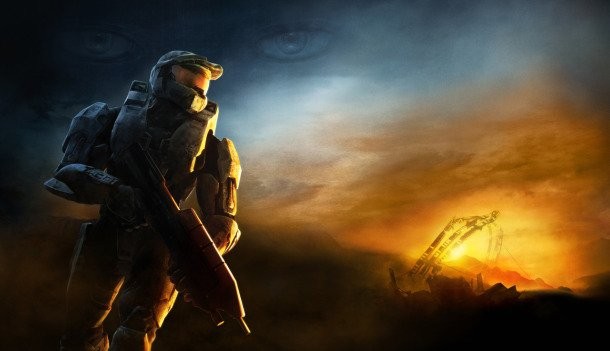
From the inception of the franchise in 2001, Halo’s fiction has only grown more complicated. Multiple games, novels, comic books, toys, animated features, and other media have created a rich tapestry of characters and storylines – but gamers new to the franchise could be forgiven if they felt a little lost at times. Without a doctorate in Halo-ology, what does a newcomer need to know?
Last week, Jeff Marchiafava sent up the Halo franchise with an great funny recap of the Halo series for folks who don't especially care about the details of the story. You should check it out; it's quite amusing. For folks about to dive in to Halo 4, you may want a slightly more comprehensive summary of the story so far, so here we are here to help with an updated version of our Abbreviated Halo Fiction article.
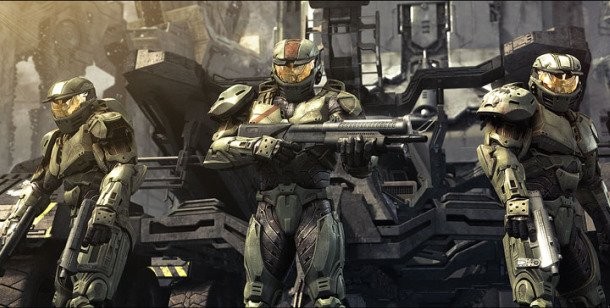
So when is Halo set?
It’s the 26th century. Humanity has been hard at work exploring and colonizing the galaxy. A discovery called Slipspace technology allows for faster than light travel, and our species is spreading far and wide. The United Nations Space Command (UNSC) governs and protects a huge number of planets and people across the galaxy.
Who are the Spartans, and who is this Master Chief guy?
Humanity still doesn’t always get along with itself, even some five centuries into the future. Many of the outlying colonies want to rule themselves, and rebellions against the UNSC become a big problem. To combat the threat, the military creates a secret super-soldier program – the Spartans. The Spartan-I soldiers were mentally and physically augmented marines, but the subjects eventually had too many side effects from their treatments to be viable.
The Spartan-IIs were the brainchild of Dr. Catherine Halsey, a genius human scientist who kidnapped exceptional children from their homes and prepared them from birth for the program. Training them from childhood, enhancing their abilities with genetic manipulation, and gifting them with incredibly advanced protective suits called MJOLNIR armor, the Spartan-IIs were humanity’s super-soldiers – and they proved it in countless battles, first against the human rebels, and later against the Covenant.
Master Chief is the leader of the Spartan-IIs. He’s almost always referred to by his rank. His lesser-known name is John-117: His original name (John) combined with his number on the list of potentially viable children for the program (117).

Who or what are the Covenant?
One of two groups of “bad guys” that antagonizes humans through most of the Halo games. The Covenant is actually an organization, not a race. The collective is comprised of several alien races working together. They control a big part of the galaxy. They’re obsessed with a long-lost alien race called the Forerunners, around whom they’ve built a religion. They see humanity as a blight on those religious beliefs, and aim to destroy them.
So who are these Forerunners?
Good question. Glad you’re paying attention. The Forerunners were an alien race that was around a hundred thousand years ago, and they left behind a lot of technology. They ruled the Milky Way galaxy until an extra-galactic threat called the Flood showed up.

The Flood. Those are the other bad guys, right?
Exactly. The Flood is a parasitic lifeform that nearly wiped out the Forerunner’s advanced galactic civilization. They can infect any organism of reasonable biomass and take it over. In order to combat the threat, the Forerunners were forced into a desperate gambit. They built giant weapon installations, collectively called the Halo Array, to wipe out all sentient life in the galaxy and thereby defeat the Flood. To preserve as much as they could, the Forerunners built an Ark, where they kept samplings of a huge number of species. The Ark was built far away from the Halo Array to keep the species safe. The Forerunners fired the Halo Array, starving the Flood of their food source, and then reseeded the galaxy with all the races they’d kept safe on the Ark, including humanity.
So that’s where the name of the game comes from?
Yep. In the first game, Master Chief and his allies arrive unexpectedly at one of the Halo facilities, which looks like a giant ring world. The idea that one of these Halo weapons may be fired again, thus wiping out life in the galaxy, is one of the major threats in the games.
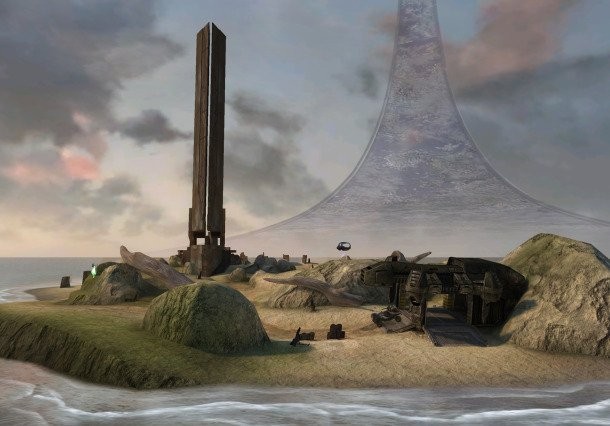
[Next up: I've got the backstory. What happens in the actual games?]
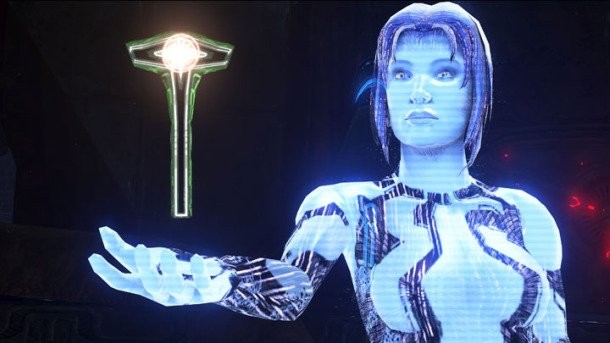
Enough backstory. What happens in the actual plot?
Hmm. This may get a little complicated.
Bring it on.
Alright. Here goes. So, you remember the Spartan-IIs that were created to fight the human rebels? When the Covenant start invading human-controlled territories, the Spartans turn their focus to fighting the alien collective. Despite the Spartan-IIs’ bravery, the war goes very poorly for the UNSC. Eventually, the Covenant discover the planet of Reach – which is the second most strategically important planet for humanity (behind Earth, obviously). The planet of Reach holds a huge number of military assets, and is also home base for the Spartan-IIs. The Covenant devastates the planet.
A few survivors escape, including Master Chief and an advanced artificial intelligence program named Cortana. They escape through slipstream space to an unexplored section of space, and draw the Covenant after them. They uncover one of the Halos, a place that has huge religious significance for the Covenant. All hell breaks loose. Master Chief and the other survivors from Reach battle the Covenant. The surviving Flood, trapped thousands of years earlier, escape. These parasites begin infecting everyone in sight, Covenant and human alike.
As it turns out, the Forerunners left behind a robotic monitor to guard against just such an eventuality – 343 Guilty Spark. This tiny floating robot tries to get Master Chief to activate the Halo. Of course, that means all life in the galaxy is going to get wiped out again. Bad news. So, Master Chief blows up the Halo to prevent its use.
Whew. I think I got it.
Great! That’s the first game.
What?
Yeah. There’s more.
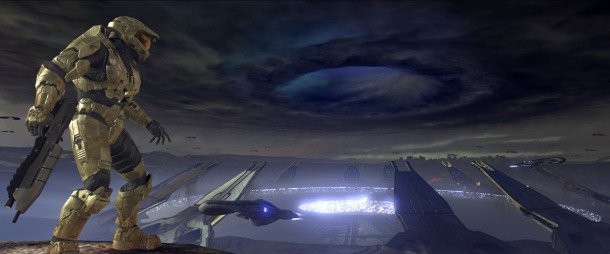
You’re going to have to move a little faster. I have other articles to read.
Fine. Halo 2 and 3 are largely concerned with Master Chief’s adventure to prevent the destruction of Earth and humanity. The Covenant eventually finds Earth and attacks. Master Chief defends the planet, but in the battle, he and his allies are forced to escape in pursuit of a Covenant ship, which leads them to a second Halo installation. There he meets up with the Flood’s hive mind intelligence, a creature called the Gravemind.
Meanwhile, there’s trouble in the Covenant. A civil war breaks out between the different races that make up the collective. The Elites (one of the races of the Covenant) are cast out – among them is the Arbiter, a powerful Elite who ends up in a shaky alliance with Master Chief to stop the destruction of the galaxy.
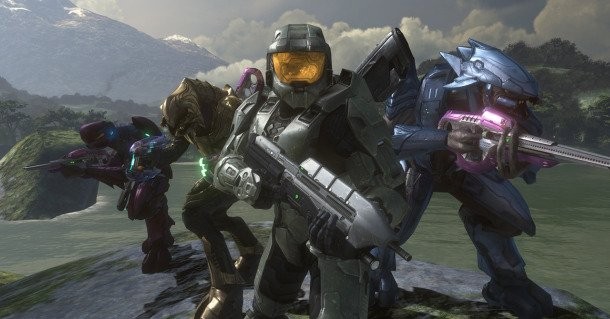
Master Chief and the Arbiter return to Earth to discover a slipspace gateway to the long-lost Ark, but both the Flood and the Covenant go through as well. They pursue the bad guys into the rift, kill off the leader of the Covenant, and blow up the Ark and the Flood along with it. The heroes escape back to Earth, but Cortana and Master Chief get lost in space and don’t make it back.
Back on Earth, a tentative truce seems to form between the humans and the remaining Covenant forces.
So, what happens to Master Chief and Cortana?
Nothing. They’re lost in space, and we don’t hear from them for over four years. In fact, that's where Halo 4 picks up.
This is a lot to keep track of.
Do you want me to keep going, or not?
Sorry. Please continue.
Thank you. That pretty much covers the core numbered entries in the series, and frankly, that's all you really need to be clear on before hopping into Halo 4.
[Next up: I've heard there's some pretty important details in some of the books.]
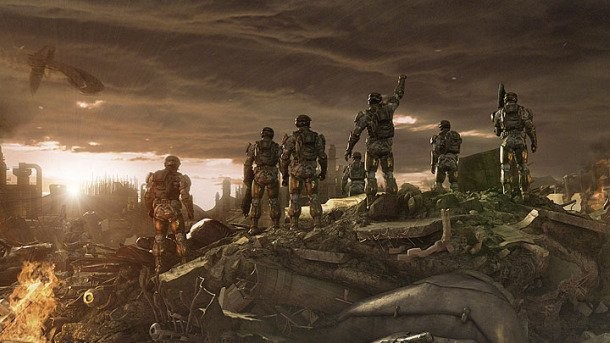
What if I want to know more about all the other stuff?
Well, you can certainly go play the games, read the books and comics, watch the animated movie, and spend a bunch of time on the Halo wiki. But if that sounds like too much work, here's the rundown: Halo Wars is about the early meetings and conflicts between the humans and the Covenant. Halo: ODST takes place between Halo 2 and 3, and deals with some soldiers who are caught up in the battle with the Covenant on Earth. Halo: Reach tells the story of a squad of Spartans fighting on the planet Reach when the Covenant attack it.
The first Halo novel, Halo: The Fall of Reach, tells another angle on the invasion of Reach, but first it details how the Spartan-IIs came to be, and introduces Catherine Halsey, the woman we told you about earlier. She is basically the creator of the Spartan IIs, but she's also important because she is the basis for the AI Cortana's personality. Another novel, called Halo: The Flood, retells the story of the first game. A third novel, Halo: First Strike, details events that transpire between the Halo 1 and 2, and deals with some other Spartan-IIs that survived Reach. A fourth novel, Halo: Ghosts of Onyx, introduces the Spartan-IIIs, the next generation of super-soldiers. The next two novels, Halo: Contact Harvest and Halo: The Cole Protocol, are both prequel stories dealing with the early years of the Human-Covenant War. There’s also a book of short stories that entitled Halo: Evolutions.
Whoa. That's a lot of reading.
There's more.
Really?
Oh, yeah.
Alright, I'm on a roll. Hit me.
Two newer book trilogies serve as the setup for the events of Halo 4.
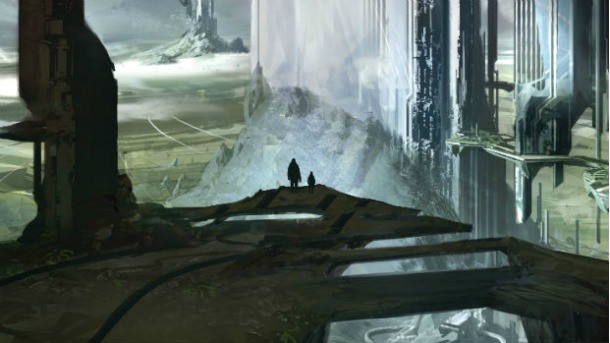
That sounds important.
Sure, but we've got you covered.
The Forerunner Saga (including Halo: Cryptum, Halo: Primordium, and Halo: Silentium), by Greg Bear, finally pulls back the curtain on the society of the Forerunner aliens that thrived some 100,000 years ago. In these books, we learn that the Forerunner went to war against humanity all those years ago. The Forerunner army won, and effectively sent humanity back into the stone age. We also meet two important Forerunner characters. The Didact was a Forerunner warrior general who believed strongly that the Forerunner people were destined to guide the galaxy and protect its many species, and that other species were not up to the task. We also meet the Librarian, the Didact's wife and lover, who nonetheless has different feelings about how things should turn out. In particular, she believed that humanity has a special destiny in front of it, and she was interested in fostering that future. As of this writing, the final book in the Forerunner Saga has yet to release.
Meanwhile, the Kilo-Five trilogy (including Halo: Glasslands, Halo: The Thursday War, and an unannounced sequel), by Karen Traviss, helps to fill in the gaps of what happened after Master Chief and Cortana disappear in deep space. The story has a lot of crazy political maneuvering between the humans and the remnants of the Covenant, and the story has yet to conclude. However, it's enough to know that tensions between the different species continue to be very high. More importantly, many Covenant still maintain a strong belief in the religion that was once formed around the Forerunners, along with the heresy perpetrated by humanity, which offers a good reason why we might be fighting them again in Halo 4.
Isn’t there some sort of movie as well?
Talk has circulated in Hollywood for years about a big budget blockbuster movie, but it's yet to really go anywhere. However, if you want live-action Halo, you should definitely check out the excellent recent webisode series called Halo: Forward Unto Dawn. The story revolves around a group of cadets at a military academy that comes under attack by the Covenant, long before the events of the Halo games. Master Chief shows up, there are some great fights, solid acting from several young actors, and we meet an important side character that will appear in Halo 4.
There is also a series of short animated features, collectively known as Halo: Legends. They are worth checking out, and the collection is available on DVD and Blu-ray.
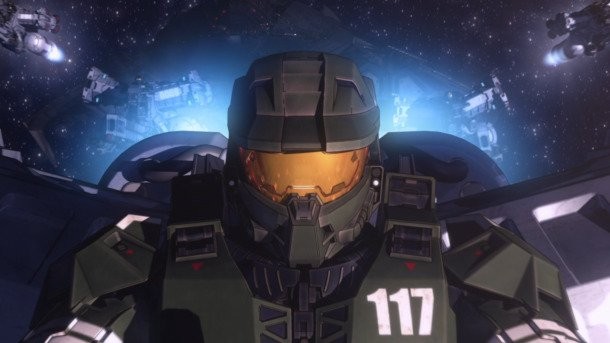
So, now I’m an expert?
Umm. Sure. I guess so. Except there’s all those suspected connections to the Marathon games.
You’ve got to be kidding me.
Let’s just save that for another time.
Good idea.
References:
Several excellent resources exist for readers who are interested in learning the less abbreviated version of the Halo stories, many of which were invaluable in the writing of this article:
Books:
Halo Encyclopedia: The Definitive Guide to the Halo Universe, Published by DK Publishing

Get the Game Informer Print Edition!
Explore your favorite games in premium print format, delivered to your door.
- 10 issues per year
- Only $4.80 per issue
- Full digital magazine archive access
- Since 1991









